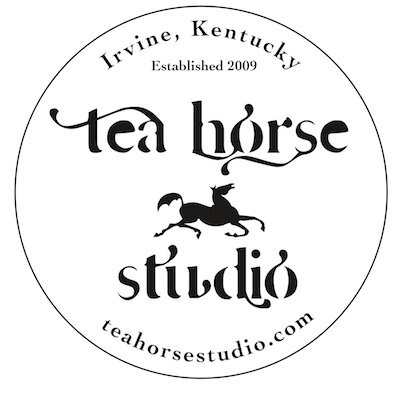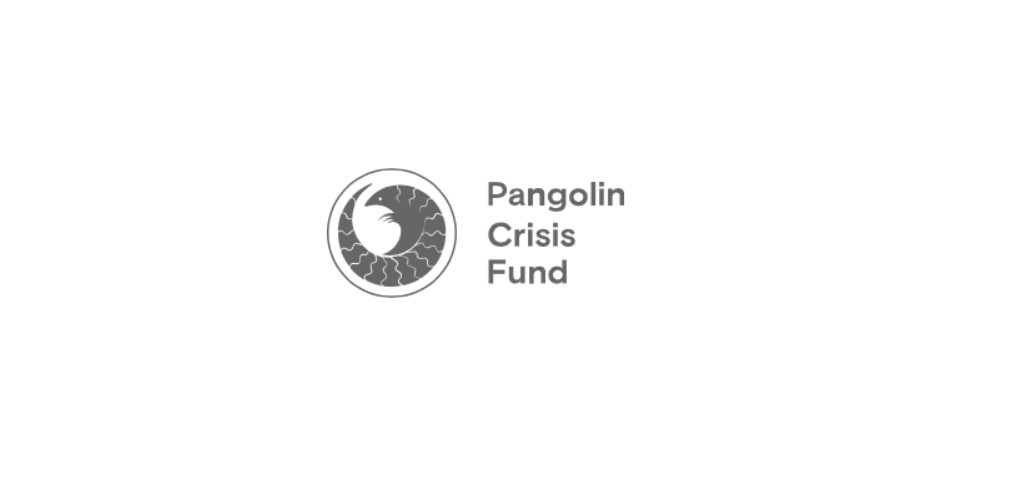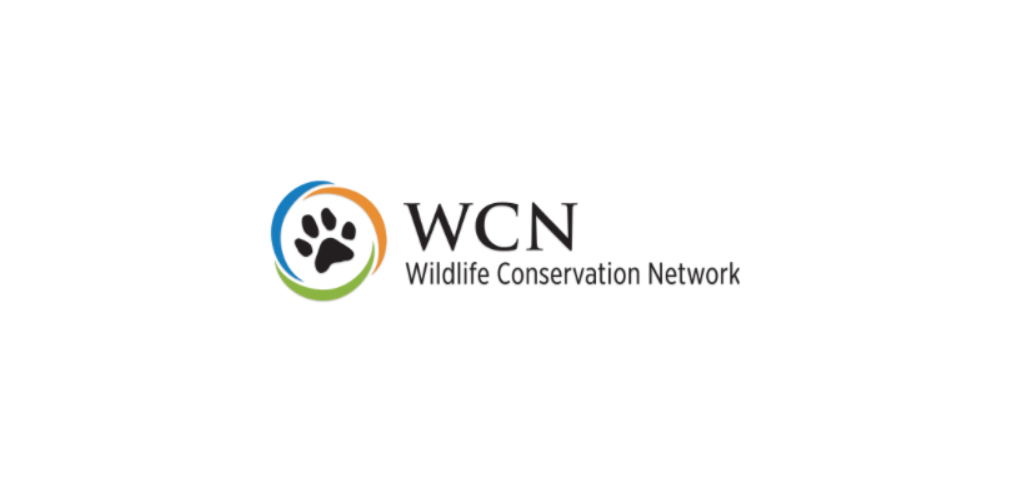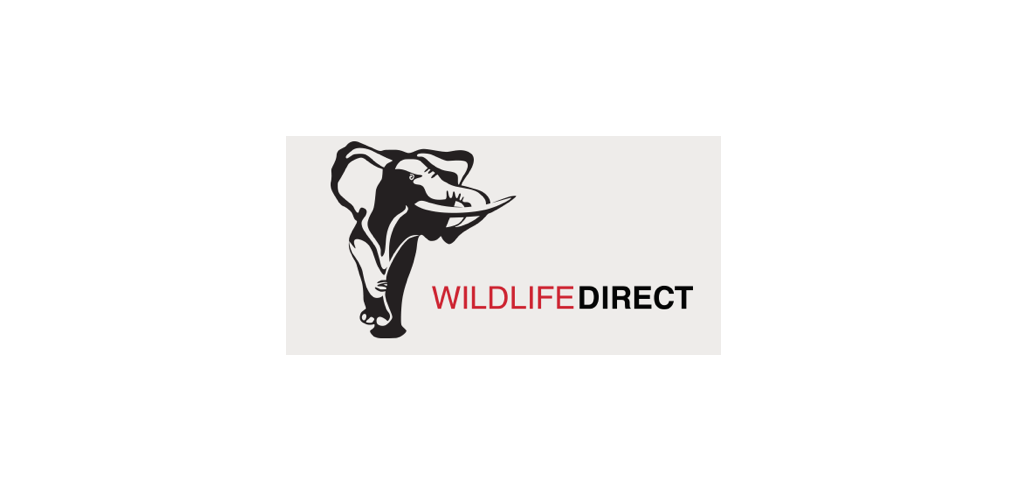Conservation and Trajectories
One of my big interests has always been the stylized drawings in the caves in Chauvet and Lascaux and petroglyphs around the world because for me it piques my imagination: Who were these people who drew on these walls? How different from us were they? Were they really that different?
Most of my previous work has been equine or farm-animal themed that’s related to the area where I live but I'm also interested in wild species here in the US and around the globe.
With the myriad number of existential crises that threaten future generations of humans and other living species, what will remain of us if these disasters play out? These days, so much of how we record and put ourselves out there is digital. If future civilizations, future humans don't have electricity, how will they know us? How will they see the digital foot prints we're leaving every day? In archeology, the most durable of artifacts is often sherds of pottery and ceramics. By putting these drawings on these mugs and other functional pieces, maybe these handmade usable objects will survive the worst that nature can throw at us, the worst that we can throw at ourselves. Portions of what you pay for selected pots with endangered or highlighted species (over 40% of the purchase price) will go toward appropriate non-profit charities that target wildlife conservation and specific animals like the pangolin, one of the heaviest trafficked animals around the globe.
Currently, the groups I’ve selected for endangered species conservation are WildlifeDirect which works on the ground in conservation efforts in Africa, and ones that specifically target particular species such as the Pangolin Crisis Fund managed by the Wildlife Conservation Network. I am not affiliated with the groups in any official capacity. Donations are made purely because these are things I am interested in. If you have additional interest in the work these groups do, I encourage you to click the links associated within this paragraph.







